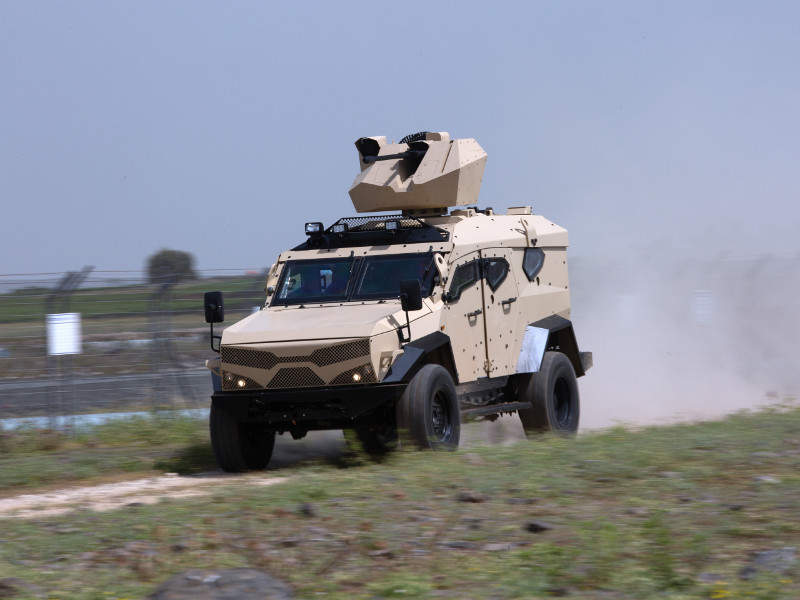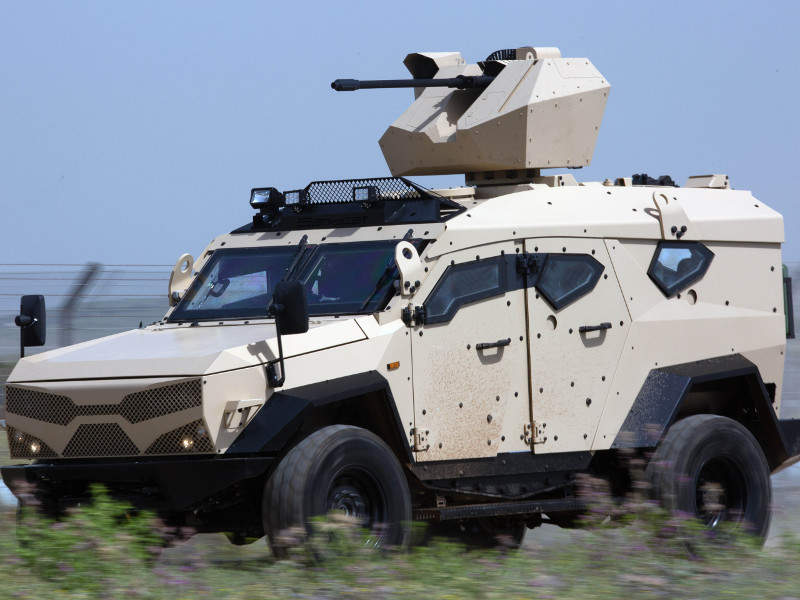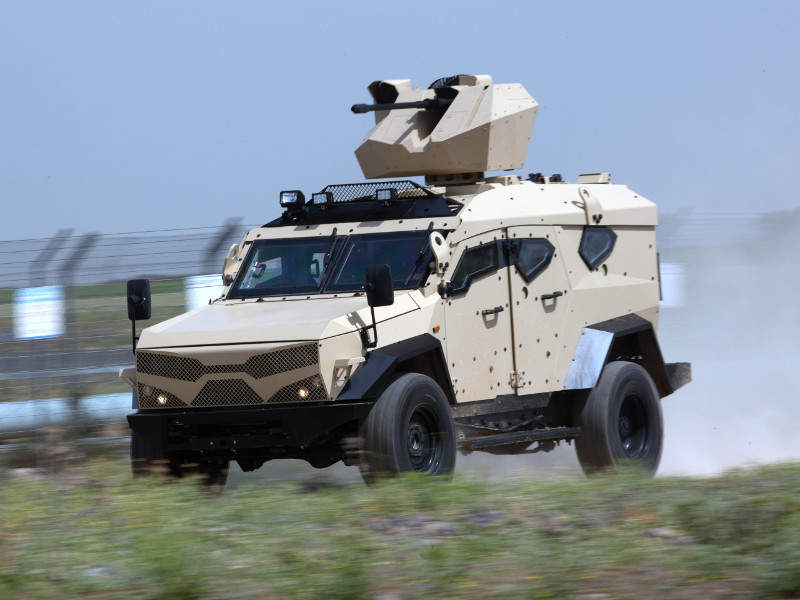Plasan launched its new mine-resistant light patrol vehicle (M-LPV) SandCat at the Eurosatory international land and air-land defence and security exhibition held in June 2018.
Based on Plasan’s fourth-generation SandCat vehicle architecture, the vehicle is designed to support a range of missions including law enforcement, border patrol, special forces combat, and armed conflict.
The M-LPV is the latest member of the SandCat family, which was first introduced by Plasan in 2005. The SandCat family of 4×4 armoured vehicles have a proven track record of reliability, durability, capacity, and mission capabilities.
Sandcat M-LPV design and features
SandCat M-LPV features a fully-structural monocoque and chassis-less design, offering superior under-body mine protection. It measures 5.94m-long and 2.3m-wide and can accommodate two crew and six troops in the standard 2+2+4 configuration. The wheelbase and track width of the vehicle are 3.46m and 1.99m respectively.
The five-door vehicle has a gross weight of 9,300kg and can carry a maximum payload of 1,100kg, based on the protection level, optional equipment, and occupancy.
The new modular M-LPV is fitted with a standard two-zone air-conditioner, communication systems, and optional fire suppression and situational awareness systems.
Other optional equipment includes a global positioning system (GPS), rifle holders, external rear-view camera, anti-slip roof surface, floating floors, footpads, electrical winch, rotational turret and gunner protection kit.
Anti-riot bars on all windows and anti-riot mesh on the windscreen can be added for additional protection.
Self-protection and armament of the patrol vehicle
SandCat mine-resistant light patrol vehicle offers a high level of protection to the crew and troops, in compliance with the STANAG 4569 standards. The vehicle integrates energy-attenuating blast seats and offers STANAG 4569 level 2a/2b protection against 7.62mm rounds, shell sprinters, fragments, and mine explosions.
The survivability of the vehicle can further be enhanced by upgrading the protection level to STANAG 4569 level III. The optional armour upgrades are, however, subject to gross weight limitations of the vehicle.
Six firing ports are provided for the soldiers to fire their individual weapons from inside the vehicle. The M-LPV is also equipped with dual combat-lock doors, energy-attenuating seats and nuclear, biological and chemical (NBC) filtration system to ensure superior protection to the crew.
The vehicle comes with roof-mounted weapons, which can be controlled manually as well as remotely.
SandCat M-LPV engine and mobility
SandCat M-LPV is powered by a Ford 6.7L V8 OHV 330hp power-stroke engine coupled to a heavy-duty TorqShift six-speed automatic transmission system equipped with the SelectShift technology. The power-to-weight ratio of the vehicle is 35.5hp/t.
The vehicle has a maximum speed of 110km/h, while its fuel tank capacity of 150l ensures a range between 500km and 750km.
With a part-time, four-wheel drive system, the vehicle is provided with stability and agility across rugged terrains.
SandCat M-LPV is fitted with hydraulic power assist re-circulating ball steering, 335/80 R 20 tires, disk brakes and anti-lock braking system (ABS) along with optional four-wheel electronic stability control system.
The upgraded suspension system, with coil spring in the front and leaf-type springs in the rear, enables the vehicle to traverse uneven surfaces while offering ride comfort to the passengers.
SandCat M-LPV offers a ground clearance of 370mm under centre and 280mm under the axle. It can negotiate gradients and side slopes of 60% and can climb vertical steps of 457mm height. The approach and departure angles of the vehicle are 38° and 30°, respectively.
The vehicle can be transported by air to mission locations by Hercules C-130 transport aircraft and other large-sized aircraft.






